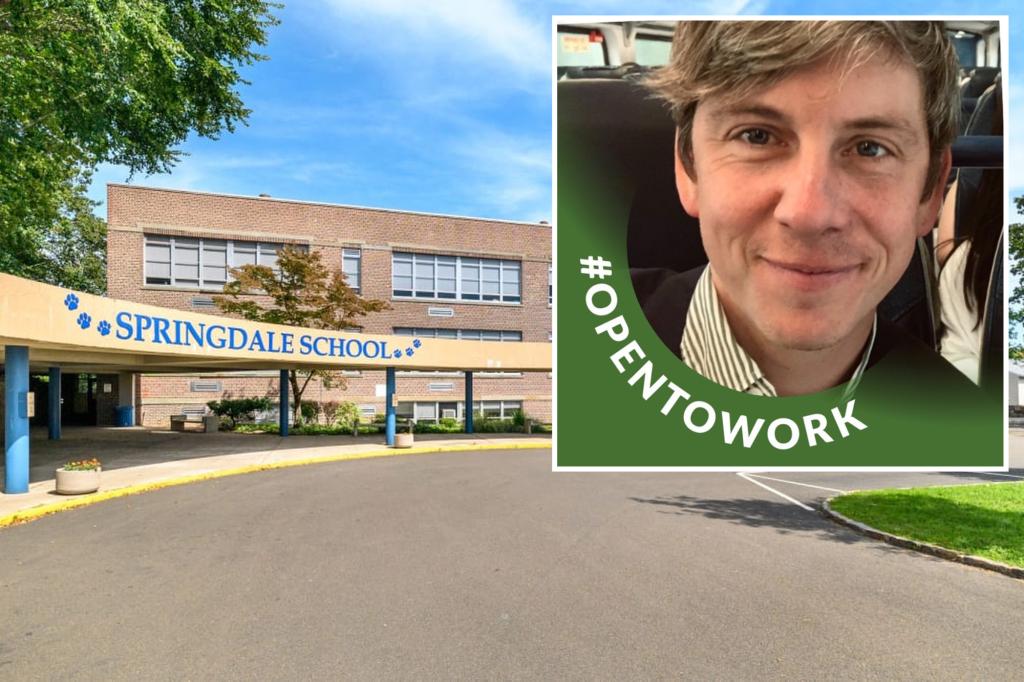The scandal involving special-education teacher Daniel Schiels was revealed by The Post, leading to his removal from a Connecticut classroom. This came after investigations conducted by the New York City school system found that Schiels had engaged in inappropriate behavior with a student at a Manhattan school. The investigation substantiated allegations that Schiels had been grooming a female student for three years, starting when she was just 15, by sending sexually suggestive messages on Instagram. This raised concerns about the lack of sharing of information about teacher investigations across different school systems and locations.
Despite facing allegations of misconduct in New York City, Schiels began working for Stamford, Conn. public schools in August 2021. The Special Commissioner of Investigation in NYC found evidence that Schiels had sent inappropriate messages to the student while she was attending The Maxine Green High School for Imaginative Inquiry. In the messages, he made sexual inquiries such as asking about the size of her breasts and whether she had any piercings. This situation highlighted the need for better oversight and communication when it comes to the conduct of teachers who move between different school districts and states.
When Stamford officials became aware of the allegations against Schiels through The Post report, he was immediately placed on administrative leave. The district’s chief compliance officer, Christopher Soules, assured parents that the matter was being taken seriously. In response to the scrutiny, Schiels resigned from his position at Stamford schools in June. The incident left parents at the school where Schiels had worked feeling outraged and concerned that they had not been informed about the allegations against him. The lack of transparency in such situations can create an environment of mistrust and uncertainty among parents and students.
Despite the accusations and subsequent investigation, Schiels was still licensed to teach in the Stamford School District, according to the Connecticut State Department of Education. His LinkedIn profile indicated that he was open to work, suggesting that he may still be seeking employment in the education sector. This raised questions about the effectiveness of background checks and monitoring processes for teachers who have been involved in misconduct cases. The case of Daniel Schiels highlighted the importance of ensuring that individuals who work with students are held accountable for their actions and that proper safeguards are in place to protect vulnerable students from potential harm.
The case of Daniel Schiels underscored the challenges faced by educational institutions in dealing with allegations of inappropriate behavior by teachers. It also pointed out the need for a more robust system of tracking and sharing information about teachers who have been investigated for misconduct. The failure to communicate such information can have serious consequences for students and can erode trust in the education system. By addressing these issues and implementing better oversight mechanisms, schools can ensure a safer and more secure learning environment for all students. Parents and stakeholders play a crucial role in holding schools accountable and advocating for the protection of students from potential abusers.
In conclusion, the scandal involving Daniel Schiels served as a wake-up call for the education sector to strengthen its safeguards against misconduct by teachers. The lack of transparency and communication regarding teacher investigations highlighted the need for a more comprehensive system of tracking and sharing information. While Schiels faced consequences for his actions, questions remain about the efficacy of background checks and monitoring processes for teachers. By addressing these gaps in the system, schools can better protect students and maintain the trust of parents and the community. The case of Daniel Schiels serves as a cautionary tale of the importance of vigilance and accountability in the education sector.


